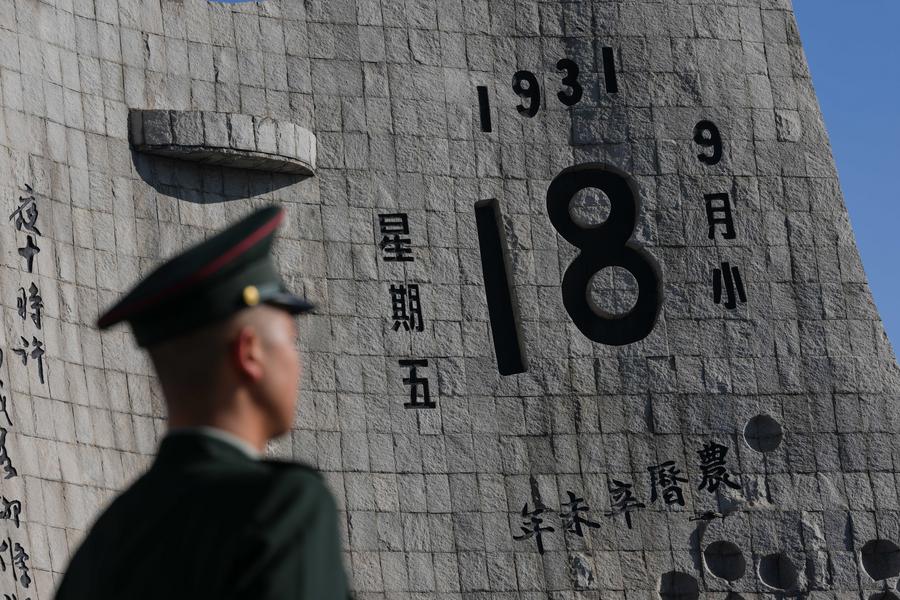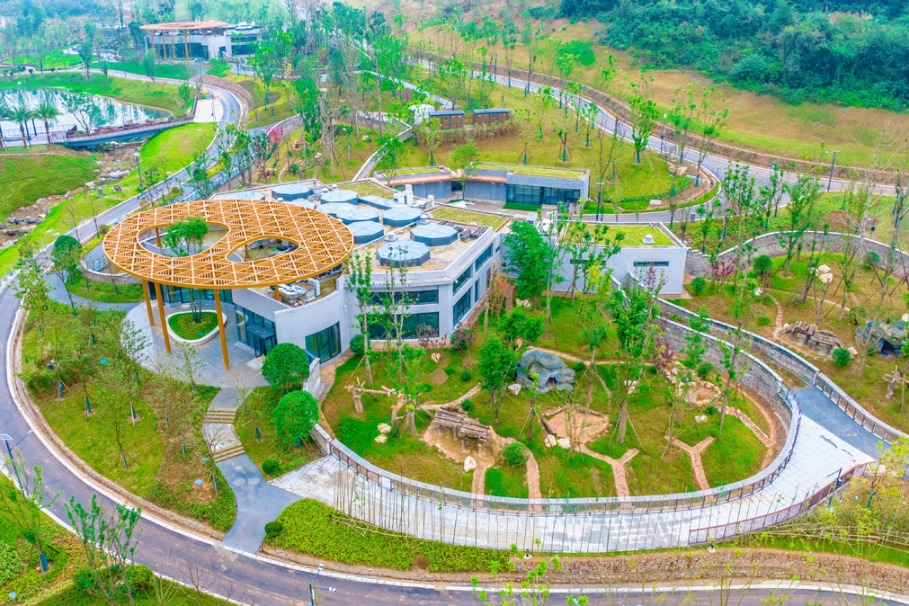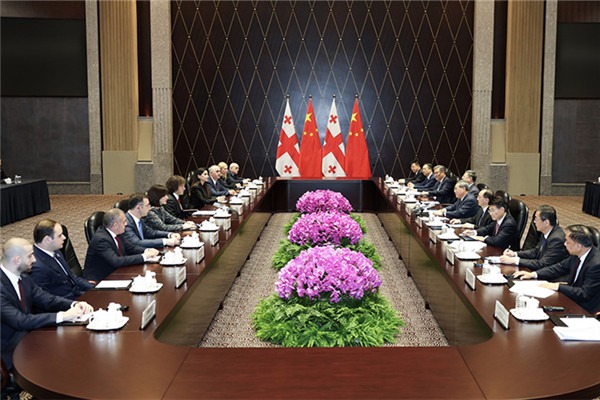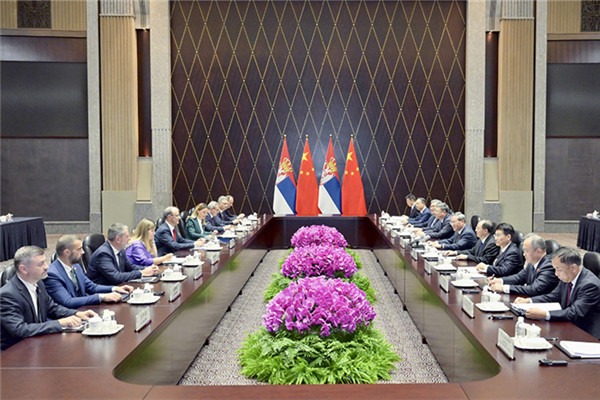Explainer: Why the September 18th Incident was a key event in the World Anti-Fascist War


BEIJING -- Ninety-four years ago, the flames of global fascist expansion ignited as Japanese militarists orchestrated a sinister "false flag" attack on Chinese soil -- an incident known as the September 18th Incident, or the Mukden Incident.
On the night of Sept 18, 1931, the Japanese Kwantung Army bombed a section of the South Manchuria Railway near Liutiao Lake on the northern outskirts of Shenyang, a city in Northeast China. The Japanese blamed Chinese troops for the act and used this as a pretext to attack Beidaying, where the Chinese Northeast Army was garrisoned, and then bombarded Shenyang.
This piece of history was recounted in a think tank report titled "Remembering History and Defending Justice -- Great Contributions of the Main Battlefield in the East of the World Anti-Fascist War," published by Xinhua Institute, a think tank affiliated with Xinhua News Agency, earlier this month.
The report noted that, rather than a random act of violence, the September 18th Incident was a decisive step taken by Japanese militarists to realize their plan to control northeast China and, ultimately, to conquer the entire country.
The aggression against China that Japan subsequently launched shattered the fragile peace that had been established after World War I through the Versailles-Washington system. After the aggression began, China was plunged in an unprecedented national catastrophe.
Yet facing the dire situation, the Chinese people, who refused to be enslaved, resolutely rose up in resistance. The Communist Party of China (CPC) was the first to fly the banner of armed resistance against Japanese aggression, actively organizing and leading armed struggles, including guerrilla warfare, against the Japanese in northeast China.
The September 18th Incident and the subsequent resistance on the Chinese side marked the beginning of the Chinese people's War of Resistance against Japanese Aggression, a significant part of the World Anti-Fascist War.
Viewing from a chronological perspective, it was also the beginning of the global war against Fascism, preceding the European anti-fascist warfare by eight years, and the warfare in the Pacific theater by 10 years.
China's victory in the war was hard-won. As the primary target of Japan's expansionist agenda, China suffered Japanese aggression earlier and more intensely than any other nation in the world.
During its 14 years of anti-fascist resistance until the final victory in 1945, China engaged and tied down over two-thirds of the Japanese Army, and inflicted 70 percent of Japan's wartime military casualties. This supported the operations of other allied countries on various battlefields around the world. China's sacrifice was enormous. Of the more than 100 million casualties in the global war against fascism, over 35 million were Chinese soldiers or civilians.
However, the significance of the battlefield in the East has long been marginalized in Western academic narratives. Many historical works acknowledge only the war's European origins while neglecting its Asian beginnings.
The think tank report noted that, for extended periods, the world has remained largely unfamiliar with China's resistance against Japanese aggression. Instead, China is often mislabeled as merely a "victim of the Axis powers" or "a failed nation dependent on Allied rescue." This flawed historical perspective diminishes the Chinese people's tremendous contributions and sacrifices.
This year, by marking the 80th anniversary of the war's victory, China again refreshes the memory of that arduous period, manifesting its commitment to cherishing peace and creating a better future.
- China, Serbia vow to deepen military ties
- China records 10-year low in first marriages
- Experts promote raising?awareness to boost HPV?vaccination
- Haikou intl airport launches new 24-hour direct transit policy
- China-Laos international passenger line launched
- Beijing receives climate award at COP30 Local Leaders Forum




































